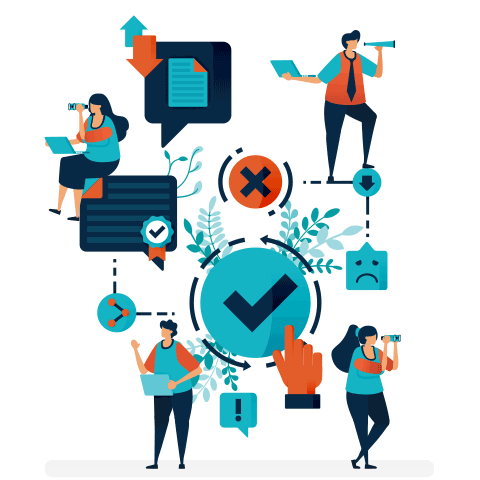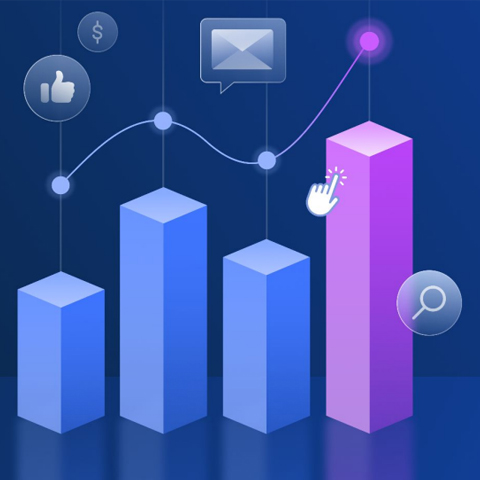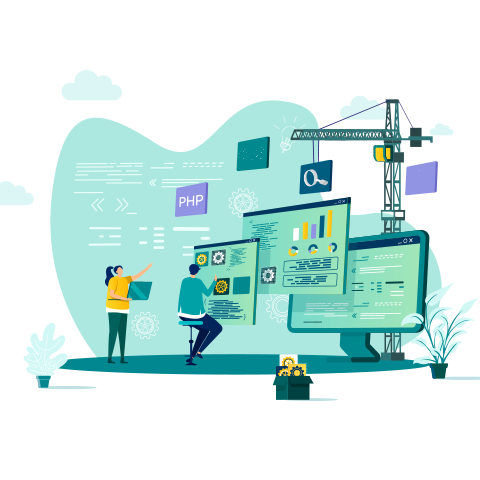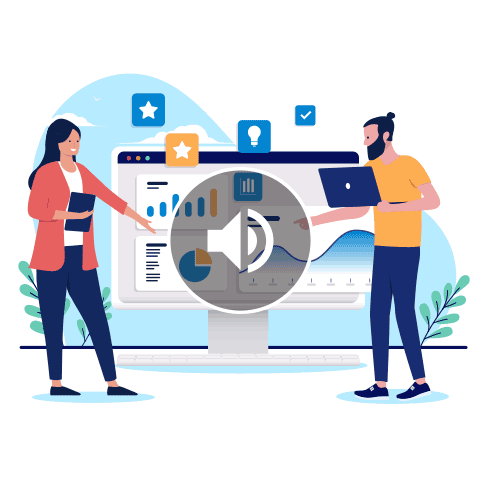Machine Learning: The Next Wave of Email Marketing Personalization


There's been a lot of chatter around why customers engage in a brand and whether brands can remain relevant in a rapidly changing retail landscape.
Movable Ink CEO Vivek Sharma addressed those issues when we interviewed him for 2018 Trends: Predictions From Ecommerce Marketing Experts. He said he believes machine learning is key to personalizing the brand experience because it has the potential to help people see how a brand fits into their lifestyle - at least one key to unlocking the Apple Pay and Venmo accounts of millennials.
"The smart retailers are going to start creating an experience around the product" Sharma says. But that begs the questions: Whose lifestyle? And what experience? Should the leather jacket be shown as a component of a chic outfit or on the shoulders of a model wearing jeans and a t-shirt? Sharma says the beauty of machine learning is that it can study individual customer behavior and select the image and content that would likely appeal to them.
"Computers are finally starting to understand what our images are about. You’re talking about something very visual and trying to infer metadata from unstructured content (the image) and trying to understand what it is about" Sharma says.
Machines Versus Marketers
So how does this relate to email? It’s all about getting more performance out of email marketing campaigns. Sharma provided another example related to travel. There are specific images associated with island getaways - palm trees, sunsets, white sand beaches and the ocean. But no two people select a resort for the same reasons. Young honeymooners might be more swayed by romantic sunsets, while athletic beachgoers want to see people on paddleboards. If you have data on the individual you’re sending an email to - what they’ve booked, what they’ve browsed on, what images they’ve lingered on - machine learning can automate the image (or multiple images) that go with the email.
"There are thousands of such experiences that no marketer can keep up with. We think there’s a big opportunity for machines to help generate those completely unique experiences" Sharma says.
But what about the role of creativity for a designer or content editor to say, "Hmm, let’s take a chance that our shade-loving clients might want to know about the guided kayak trips?"
Sharma said he doesn’t believe machine learning is about replacing human creativity outright. The promise of machine learning is in the ability to scale human creativity in ways physically impossible for any human. It’s about automating the repetitive tasks to free marketers up for strategic planning and coming up with even more creative ideas.
The reason this kind of marketing is so critical is because it gives the marketer power. Sharma says you need to think about how Apple controls the context of what it sells. "There is a reason you can’t buy iPhone on Amazon. Apple cares deeply about experience and putting that product in the context of how you might use it." Offering products curated with machine-driven personalization is something that a company like Amazon (or Jet) can’t do for millions of products, Sharma says.
That is, in fact why social sites like Houzz and Pinterest can capture so much interest. But as I learned when trying to plan a kitchen remodel, those sites are rather limited. What I really wanted after deciding on natural maple cabinets were some curated suggestions for countertops, light fixtures and a range hood. I would have been happy with computer-generated looks (instead of user-supplied images or professional showroom pictures). But the few options I found couldn’t quite put it all together.
What’s the Effect on Your Email Strategy?
For many products and services, the potential is there. I’ve signed up for a lot of emails from home goods retailers, paint stores and the like. If they’re capturing what I’m searching on, they could certainly personalize their email content. "The intriguing aspect of visual personalization is that it doesn’t require the message to be constantly changed out. You could conceivably breathe a bit of life into what is, technically, a batch-and-batch email - just one that will automatically render differently depending on the recipient" Sharma says.
Applying machine learning in this way speaks to the idea that marketers need to shift to behavior-based approaches. Many email tactics already employ these approaches (something as simple as segmenting messages by gender). Right now, Sharma estimates that only 3% to 5% of emails are based on behavior. "I imagine a world in five years where 80% is behavior-based with emails being sent based upon machines making decisions and adapting the content."
"The No. 1 lesson from the promise of machine learning to introduce deeper and more meaningful personalization is that seven or eight years ago, people thought that’s it, all the big email innovations had happened" Sharma says. "The sending and segmentation of the email are certainly important and foundational. But it’s interesting to see all the innovation that’s still happening in email as a platform."
To read more from Vivek Sharma and other thought leaders, check out 2018 Trends: Predictions From Ecommerce Marketing Experts.
This content was originally published by Oracle + Bronto.
Want more like this?
Want more like this?
Insight delivered to your inbox
Keep up to date with our free email. Hand picked whitepapers and posts from our blog, as well as exclusive videos and webinar invitations keep our Users one step ahead.
By clicking 'SIGN UP', you agree to our Terms of Use and Privacy Policy


By clicking 'SIGN UP', you agree to our Terms of Use and Privacy Policy
Other content you may be interested in
Categories
Categories
Categories

Want more like this?


Want more like this?
Insight delivered to your inbox
Keep up to date with our free email. Hand picked whitepapers and posts from our blog, as well as exclusive videos and webinar invitations keep our Users one step ahead.
By clicking 'SIGN UP', you agree to our Terms of Use and Privacy Policy









